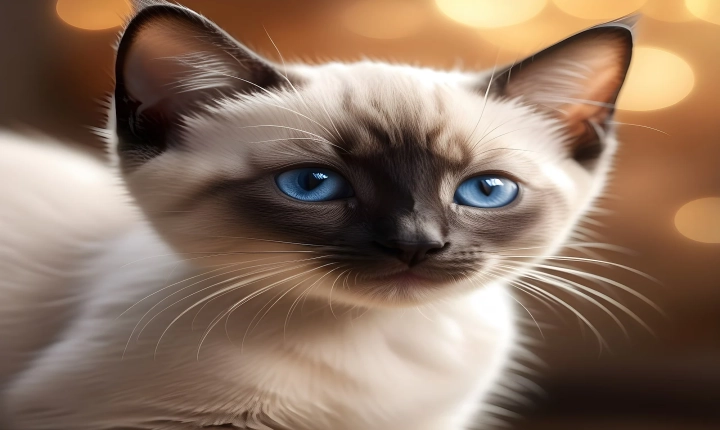Title: Mastering the Art of Generating AI-Generated Images
In recent years, the field of artificial intelligence has made remarkable strides in image generation, opening up new creative possibilities for artists, designers, and content creators. AI-generated images, produced by advanced machine learning algorithms, can be stunningly realistic, imaginative, and innovative. These images are generated through a process known as generative adversarial networks (GANs), which involve two neural networks working against each other to create high-quality images.
If you’re intrigued by the idea of harnessing the power of AI to create compelling images, here’s a guide to help you navigate the fascinating world of generating AI-generated images.
1. Understanding the Basics of GANs:
Generative adversarial networks (GANs) consist of two primary components: a generator and a discriminator. The generator is responsible for creating images that are as realistic as possible, while the discriminator’s role is to distinguish between real and generated images. As the two networks compete and improve over time, the quality of the generated images can drastically improve.
2. Choosing the Right Tools and Libraries:
To start generating AI-generated images, you’ll need access to the right tools and libraries. Popular deep learning frameworks such as TensorFlow, PyTorch, and Keras provide comprehensive support for creating and training GAN models. Additionally, pre-trained models such as StyleGAN and DALL-E have gained prominence for their ability to produce high-quality, diverse images.
3. Preparing and Curating Datasets:
Training a GAN model requires a large, diverse dataset of images. Depending on your desired output, you can curate datasets consisting of photographs, paintings, illustrations, or any other visual content. Ensuring that your dataset is well-curated and representative of the images you wish to generate is crucial for producing high-quality results.
4. Training and Fine-Tuning the Model:
The process of training a GAN model involves feeding the dataset into the generator and discriminator networks, allowing them to learn and improve their image generation capabilities. Through iterative training and fine-tuning, the model gradually refines its ability to generate realistic and visually appealing images.
5. Exploring Creative Applications:
Once you’ve trained your GAN model, the possibilities for generating AI-generated images are virtually limitless. You can experiment with generating photorealistic landscapes, abstract art, character portraits, or even conceptual designs. Incorporating style transfer techniques and other creative approaches can further enhance the diversity and artistic appeal of the generated images.
6. Ethical Considerations and Responsibility:
While the process of generating AI-generated images is undeniably exciting, it’s important to approach this technology with ethical considerations in mind. As AI-generated images become increasingly indistinguishable from real photographs, the potential for misuse and misinformation also grows. Ensuring responsible and ethical use of AI-generated images is essential in maintaining the integrity and trustworthiness of visual content.
7. Collaborating and Sharing Knowledge:
Engaging with the vibrant community of AI and image generation enthusiasts can provide invaluable insights and inspiration. Platforms, forums, and online communities dedicated to AI and generative art offer opportunities to collaborate, share knowledge, and learn from the experiences of fellow practitioners.
As the field of AI continues to evolve, the capabilities of generating AI-generated images will only continue to expand. Embracing this technology with a blend of creativity, technical expertise, and ethical consciousness can lead to groundbreaking innovations and artistic expressions. The journey of mastering the art of generating AI-generated images is both challenging and rewarding, offering a glimpse into the future of visual creativity and expression.
